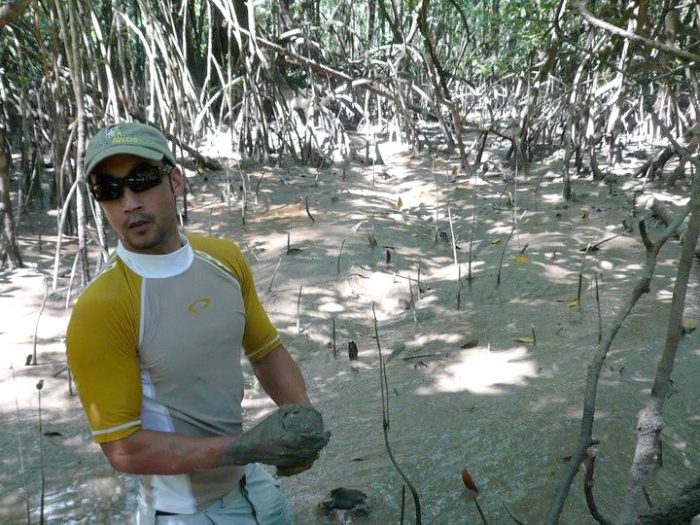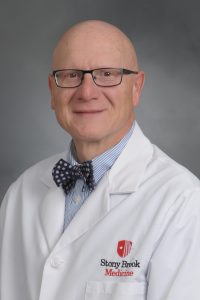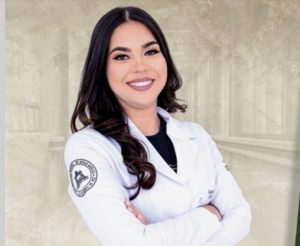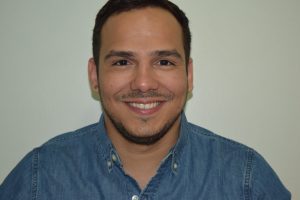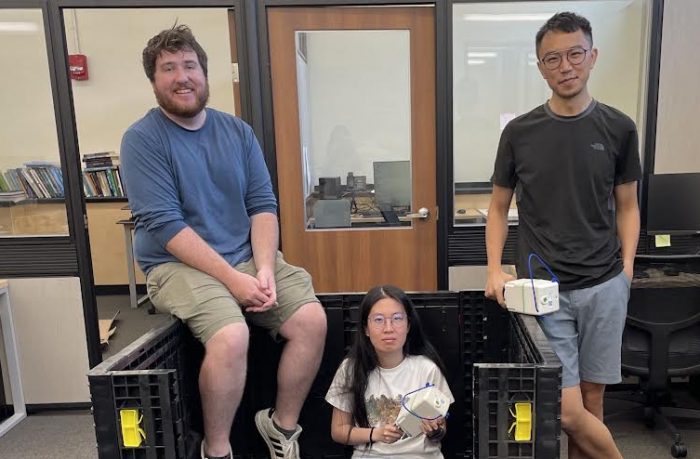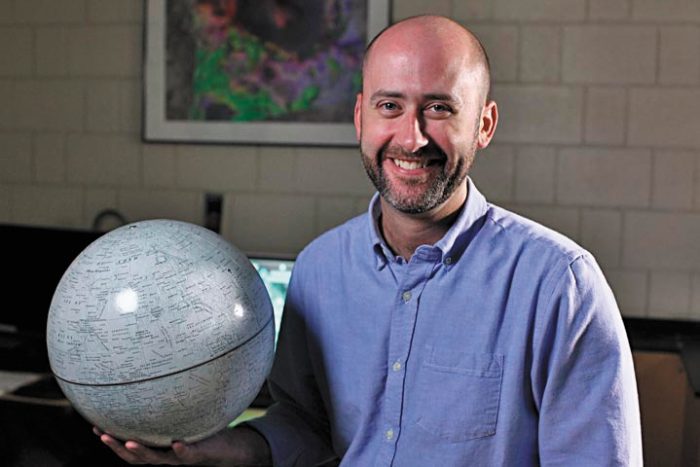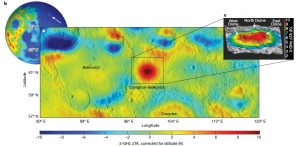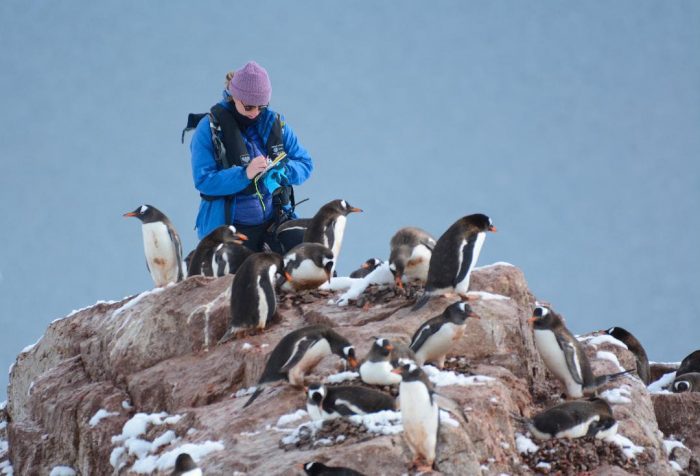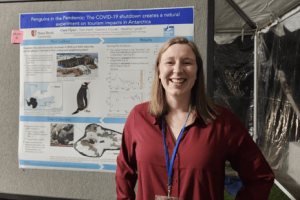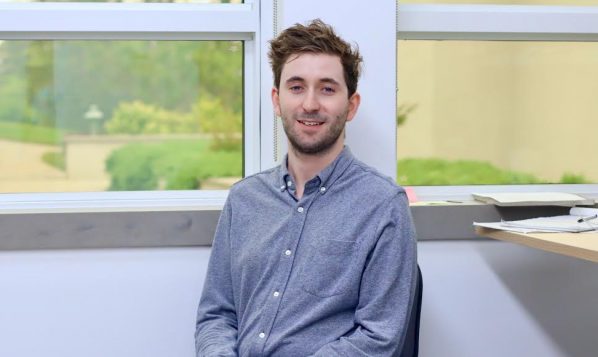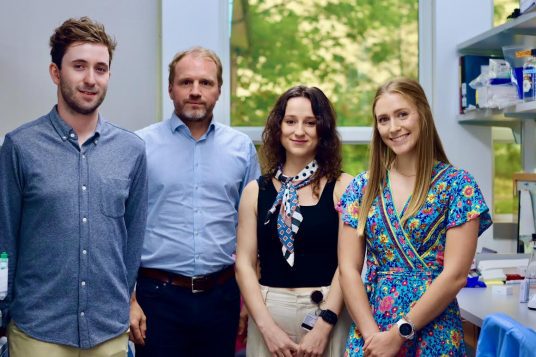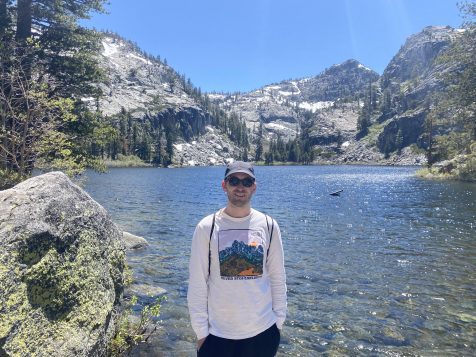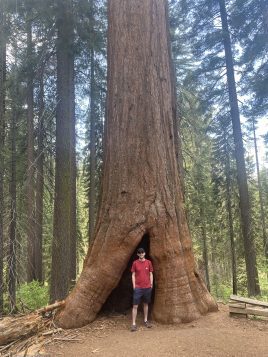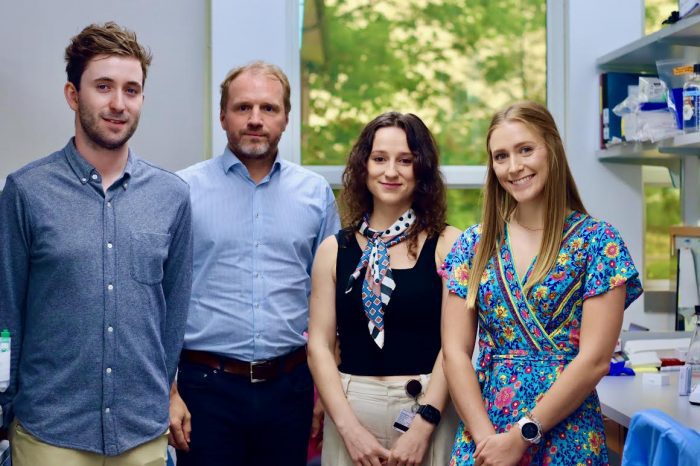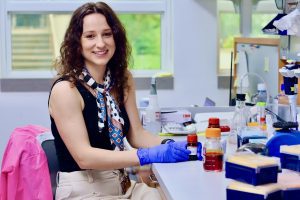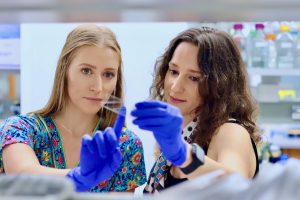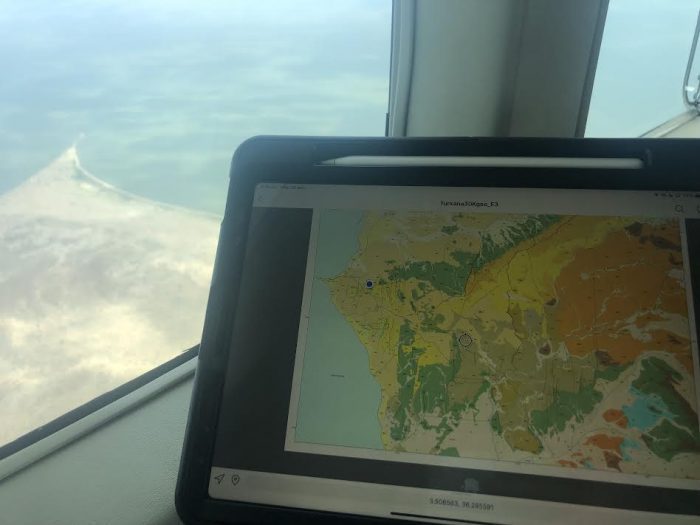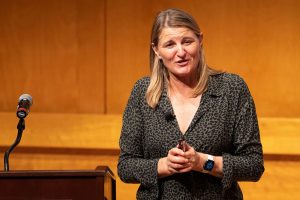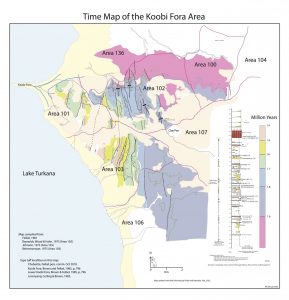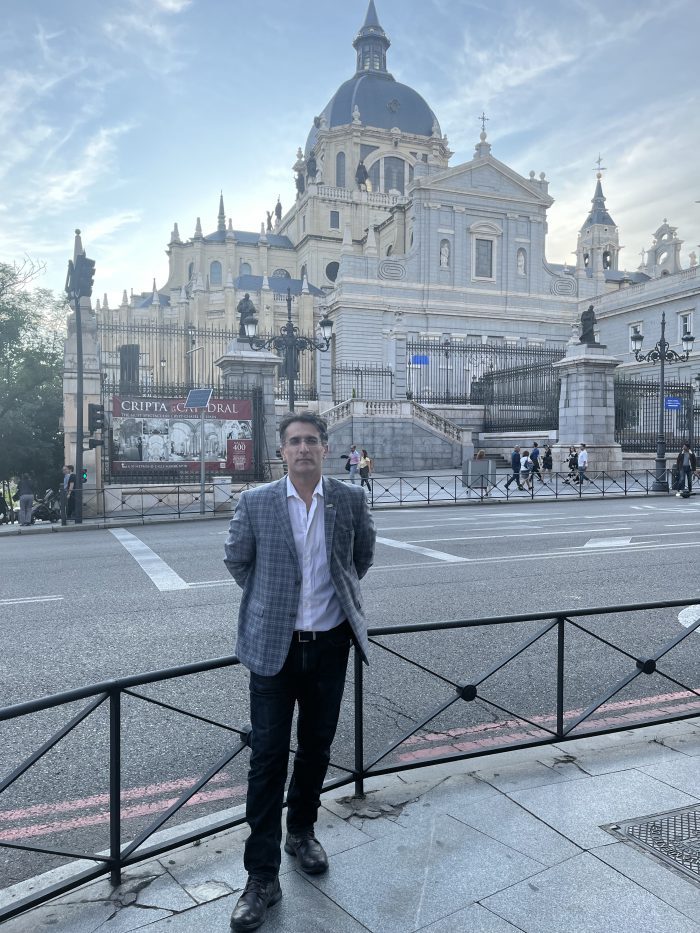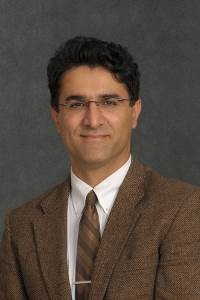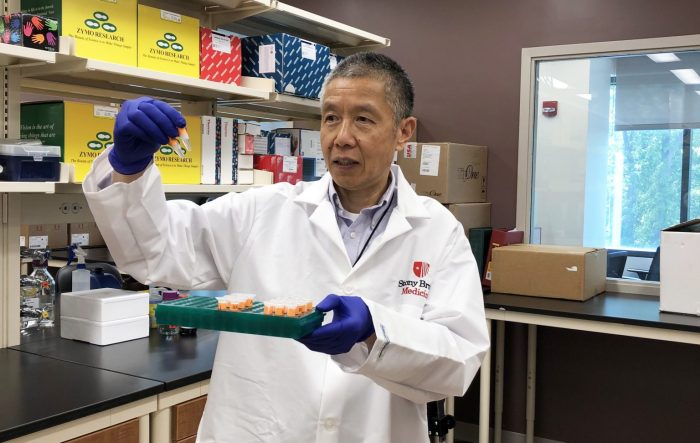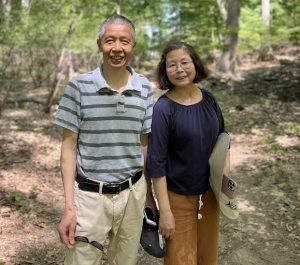By Daniel Dunaief
A problematic atmospheric greenhouse gases, methane comes from natural gas, agriculture, and swamps.
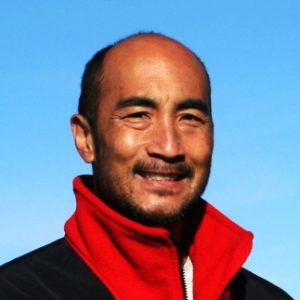
Recently, John E. Mak, a Professor in the School of Marine and Atmospheric Sciences at Stony Brook University worked with an international group of scientists to demonstrate a process that removes methane from the atmosphere.
A mixture of dust from the Sahara and sea spray reacts with methane to form carbon monoxide and a small amount of hydrochloric acid.
In a recent paper published in the prestigious journal Proceedings of the National Academy of Sciences, Mak, corresponding author Matthew Johnson, who is a Professor in the Department of Chemistry at the University of Copenhagen, and others showed how a novel process removes 5 percent, plus or minus 2 or 3 percent, of the methane from the atmosphere in specific areas.
“What we are showing is that some methane in the middle of the tropical Atlantic Ocean region may be removed” through this process, Mak said from the Gordon Research Conference on Atmospheric Chemistry in Sunday River, Maine.
The research validates a mechanism Mak had proposed in the late 1990’s, when he conducted studies funded by the National Science Foundation in Barbados. “When I first made the observations, I proposed that what we were seeing was a chlorine mediated removal of methane,” Mak explained.
At that time, he didn’t have the ability to make those measurements. The technology, however, has evolved over the years and researchers can now measure chlorine radical precursors such as Cl2 and other chlorine compounds.
Indeed, Maarten van Herpen, first author on the study and a member of Acacia Impact Innovation, approached Mak with a new theory and a new mechanism that he thought could explain Mak’s results from decades earlier.
“They were excited to hear that no one had solved the problem,” said Mak.
By working together through this international team, the group was able to take new measurements and utilize advances in their understanding of atmospheric processes.
‘New, but old’
Mak had conducted his studies towards the beginning of his time at Stony Brook University in the late 1990’s as a part of one of his first federally funded projects.
“It’s a little unusual for people to make use of observations so far in the past,” said Mak. “It opens up a new, but old avenue of research.”
Mak, who is conducting studies in other areas including a recent project in New York to investigate air quality and air chemistry mechanisms specific to the greater New York City region, believes the research on this PNAS paper takes him almost full circle back to this earlier work.
“There’s a feeling of satisfaction that good measurements are useful for a longer period of time,” he said.
In this study, Mak helped interpret some of the data his collaborators generated.
The reactions
The process of removing methane starts with sea spray, which is aerosolized by bubbles bursting at the contact point between the ocean and the air. The chlorine comes from that sea spray, while iron comes from the continental crust.
Saharan dust can traverse the globe, but scientists are not sure of the spatial extent of this process. They believe it could be throughout the tropical Atlantic, but it could be in other dust laden ocean regions in the Indian and Pacific Oceans as well.
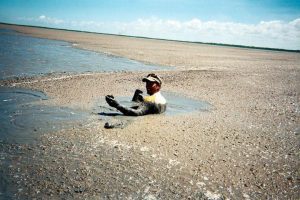 That process creates what is described as a reactive chlorine species, which is on the hunt for a positively charged particle, such as one of the four hydrogen atoms attached to carbon in methane.
That process creates what is described as a reactive chlorine species, which is on the hunt for a positively charged particle, such as one of the four hydrogen atoms attached to carbon in methane.
Once the chlorine removes a hydrogen, it creates a methyl group, or CH3, and an incredibly small amount of hydrochloric acid, or HCl, at about one part per quadrillion.
The acid, in fact, is so low that it doesn’t cause any acidification of the oceans. Ocean acidification primarily comes from the absorption of carbon dioxide gas, which reacts with seawater and eventually increases the amount of positively charged hydrogen atoms, decreasing the ocean’s pH.
Meanwhile in the atmosphere, the remaining methyl group is oxidized to carbon monoxide, which eventually becomes carbon dioxide. That is also a greenhouse gas, but is not as potent at trapping heat in the atmosphere as methane.
Now that the group has explored this process, Mak explained that the next step will involve proposing a field campaign in the tropical Atlantic with state of the art instruments.
Mak believes the journal PNAS likely found the subject matter compelling on a broader scale, particularly because this process affects weather and climate.
Outside work
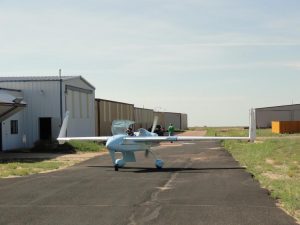 When he’s not working, Mak enjoys boating and fishing. A native of Southern California, Mak is a commercial pilot, who also does some flying as a part of his research studies.
When he’s not working, Mak enjoys boating and fishing. A native of Southern California, Mak is a commercial pilot, who also does some flying as a part of his research studies.
As for climate change, Mak suggested that the weather extremes from this year, which include record high temperatures in the ocean near the Florida Keys and high temperatures in areas in Arizona, are a part of a pattern that will continue.
“What we have been and will continue to observe are changes to the broad equilibrium of energy balance of the Earth ocean atmosphere system,” he explained. “There’s a lot of inertia in the system. But when you change the input by changing the forcing, you upset that equilibrium.” That, he explained, could alter the weather, which is generated as a response to differences in energy from one place to another.

